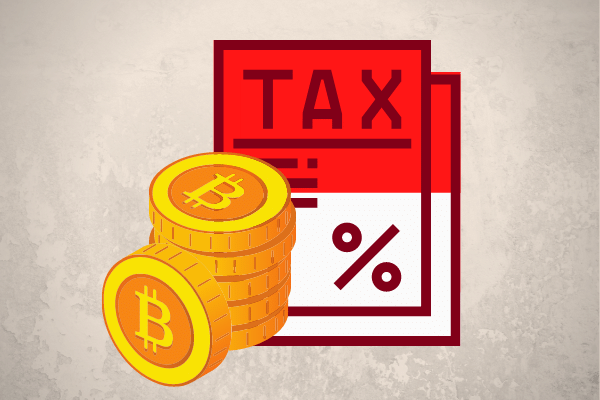
Two days ago, the world looked on as influential personalities and companies found their Twitter accounts being hacked to promote a scam involving Bitcoin (BTC) and was marginally successful in luring some victims into parting with their BTC. While Twitter moved to isolate the hack and deal with the breached accounts after, investigations on how the hack came about has not turned up any substantial results.
Twitter was forced to revoke tweeting access for verified, blue-tick accounts temporarily on Thursday. Now, the social media giant is banning tweets that involve a series of numbers or alphabets, likely to prevent malicious actors from tweeting digital wallet addresses to solicit for bogus investments or funds from unsuspecting victims on the platform. Crypto accounts such as Whale Alert have been affected by this newly implemented safety measure, according to The Block.
What happened?
Twitter published a full report on July 18 to provide users with a brief explanation of what caused the hacking incident. It attributed the attack to “social engineering”, where hackers deliberately misled or drove “a small number of employees” into revealing confidential information, including access into Twitter’s internal servers which requires a Two Factor Authentication (2FA) bypass.
“We are continuing our forensic review of all of the accounts to confirm all actions that may have been taken. In addition, we believe they may have attempted to sell some of the usernames,” Twitter said.

Other information that the hackers accessed includes the account’s Twitter statistics and activity and personal information that is made available only to the internal team. The investigation is still ongoing to determine the extent of data breach on the platform.
“We’re acutely aware of our responsibilities to the people who use our service and to society more generally. We’re embarrassed, we’re disappointed, and more than anything, we’re sorry. We know that we must work to regain your trust, and we will support all efforts to bring the perpetrators to justice. We hope that our openness and transparency throughout this process, and the steps and work we will take to safeguard against other attacks in the future, will be the start of making this right.”
Who is responsible for the hack?
Vice Media published a report alleging that either a Twitter employee was involved in the hacking incident, contributing by turning their access over to the hackers in exchange for a reward or that the incident was orchestrated by a group of Twitter employees. These claims have been unconfirmed so far. However, these allegations have made its way to the US Senate, where Republican Senator Hosh Hawley penned a letter to Twitter CEO Jack Dorsey pressing for answers.

According to Singapore state media Channel News Asia, Hawley questioned if an employee was truly one of the masterminds behind the hack, if Dorsey was aware of this and lastly, what security measures are in place to prevent Twitter employees from having unchecked, “improper access” to important tools and administrative functions.
However, in a shocking turn of events, the hackers have reportedly contacted The New York Times to voice their side of the story. A group of at least four hackers, these individuals residing in the US and UK submitted chat logs and also records of cryptocurrency transactions between the two culprits who headed the attack. They have been identified as ‘lol’ and ‘Kirk’ by the Times, with the latter being the one with extensive access to Twitter’s system. ‘Lol’ said that they carried out attacks on lesser-known accounts first with another hacker named ‘ever so anxious’, but that it was Kirk who went on to attack celebrity accounts after.
“I just wanted to tell you my story because I think you might be able to clear something up about me and ever so anxious,” ‘lol’ said in a chat on Discord.
Where are the stolen funds now?
Research and analytics firm Elliptic found that 22% of the funds were likely transferred to an address that is linked to a Wasabi wallet. The wallet is known for the use of Bitcoin mixing techniques to ensure privacy and lack of traceability for Bitcoin transactions.
“One of the most common techniques used by law enforcement to identify the perpetrators of this kind of attack is to follow the money trail to the point of cash-out. Most crypto exchanges identify their customers through KYC checks, and this identity information is used by law enforcement to identify the fraudsters. The use of Wasabi Wallet makes it much more difficult to trace the funds in this way,” Elliptic revealed in its findings.
Crypto community sentiments on the hack
The crypto community managed to find some humour in the situation. Some enthusiasts joked about how famous Binance CEO Changpeng Zhao (CZ) was, to be one of the first accounts to be hacked. CZ spoke candidly in an interview regarding the hack as well. Others were concerned with how the media was labelling this a “Bitcoin Scam”, when it should be called simply a scam that was facilitated by BTC.
“Whenever people lose dollars in a scam, it’s not called a ‘dollar scam’. Just because the Twitter hackers wanted bitcoin, doesn’t make this a ‘bitcoin scam’. It’s simply a scam,” tweeted Cameron Winklevoss.
While this may seem like a battle of simple semantics, words do have a huge impact on the crypto industry and market in general as it is fueled by speculation and perception. Moreover, it has been combatting public misconceptions for years in a world that still drives the narrative of cryptocurrency being a powerful medium for illicit and criminal activity.
At the end of the day, however, CZ pointed out that the public’s awareness of Bitcoin has been heightened yet again this year.
You may also want to read: $15 Million, Luxury Cars and Properties of Crypto Scammers Seized by Chinese Authorities


